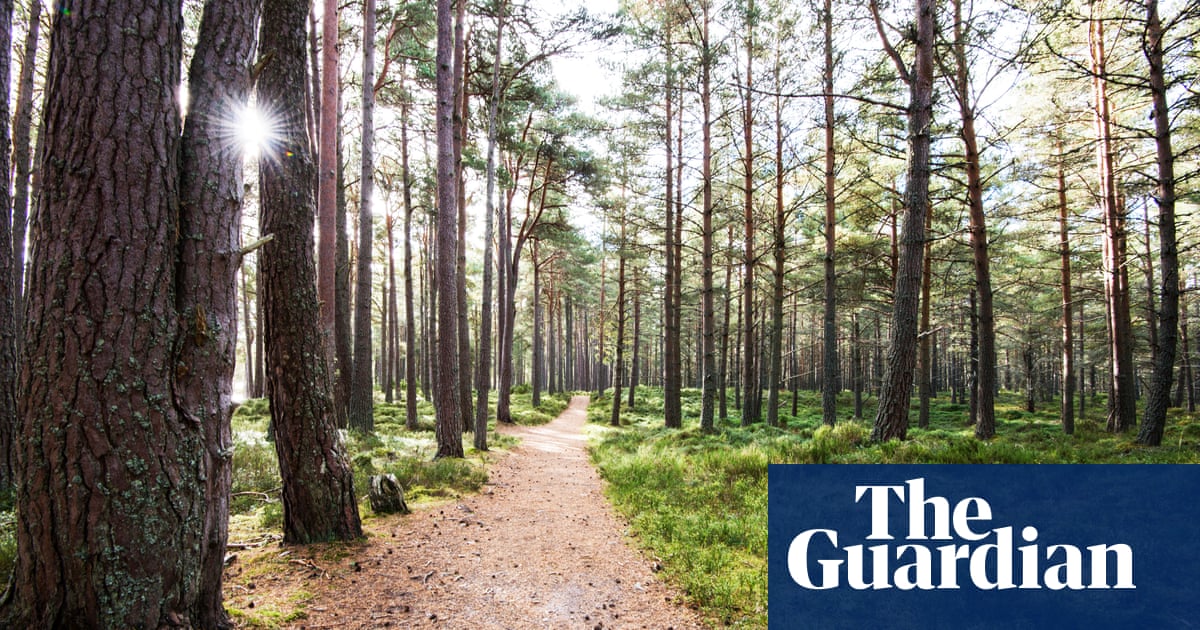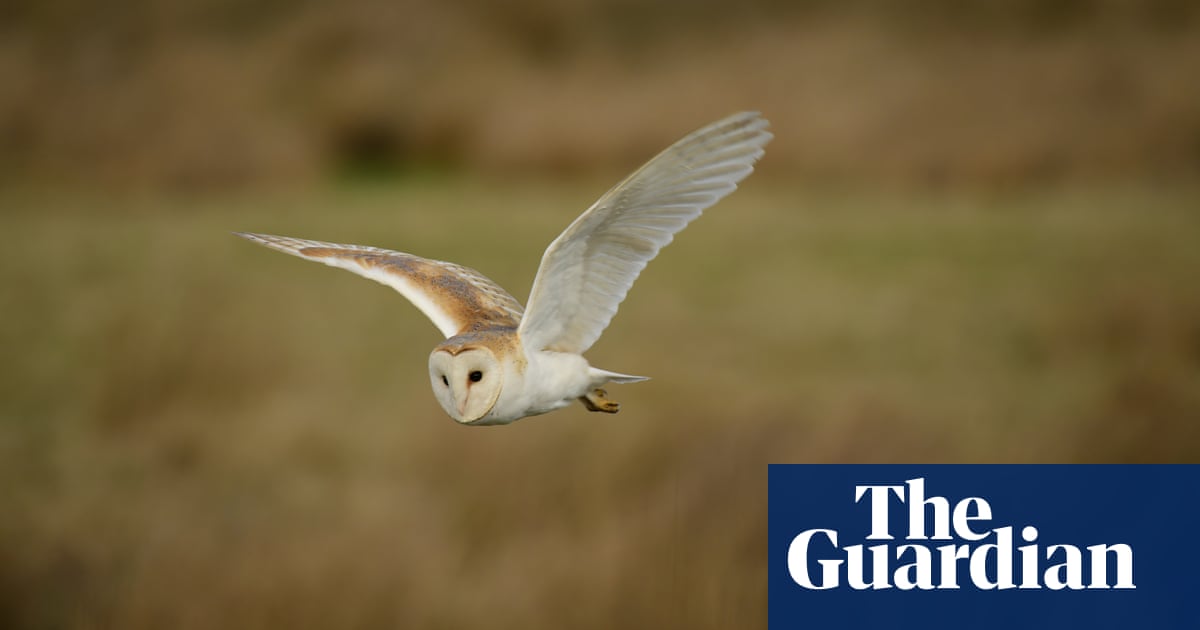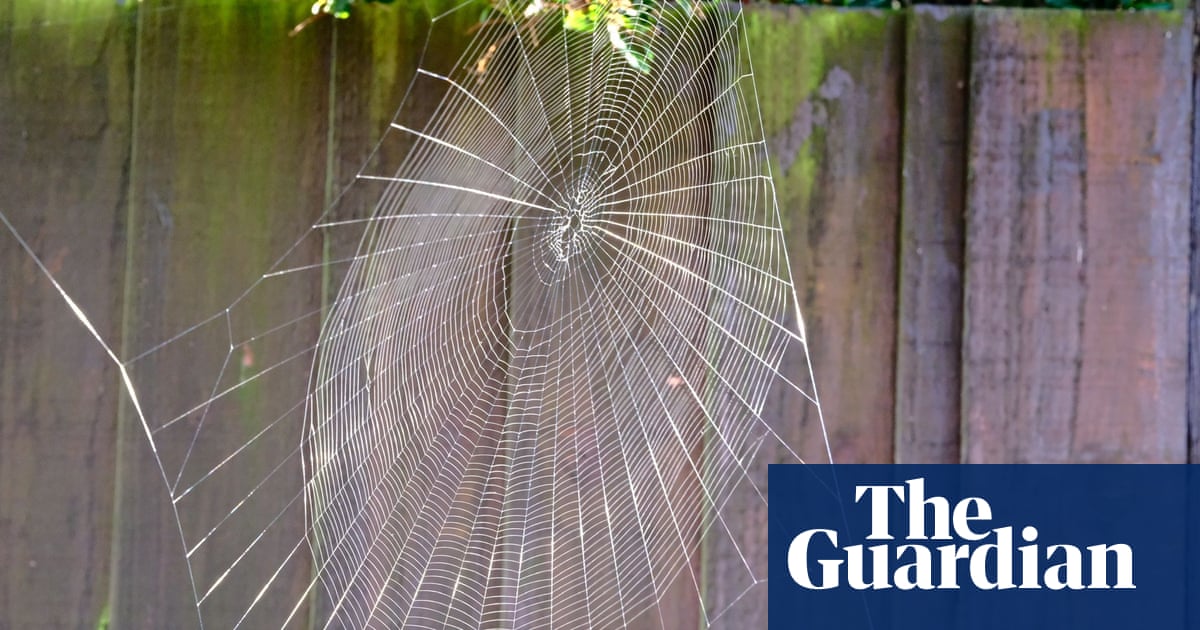
These first few days of the new year have been blustery, and the wind has scoured most of the snow off of the hilltops. During a lull from wind and rain, I take a chance and head out to a remoter path of the Abernethy forest. The track is strewn with small, wind-torn branches and twigs, lichen and pine needles. Clouds scud across the sky and the forest is an ever-changing mosaic of light and shade. A stiffening breeze drowns out any birdsong that may be about, including the flock of finches that fly over what I know will be crossbills.
From somewhere among the trees, I hear an odd sound of metal against metal, a hollow jangling that doubles and trebles, each tone a slightly different key. From within the trees I see a cow, then another, and more still – one is black, another grey, a few are sandy brown, and one’s a darker brown with a white face and rings around its eyes. They turn to look at me with a mixture of vague curiosity and nonchalance, before turning back to continue munching on the heather.
This herd, a mixture of breeds, has been introduced to this forest to mimic the work that aurochs – the now extinct native wild cattle that used to roam here – would previously have done. They’ll eat the heather and churn up the ground with their hooves, creating more opportunities for biodiversity in the field layer and giving space for new flushes of blaeberries and crowberries that are such important food sources for capercaillies – these so elusive and threatened birds that I always hope to see.
There’s something quite magical about their stillness and the size of them. Usually, any larger animals in this place will be deer, which will startle and spring away, but these cows are going quietly about their business; if it wasn’t for their cowbells, I may not even have noticed them. I turn back to take another path, watching them from afar as they lumber off, their jangling receding as they disappear further into the woods, lost among the Scots pines once more.












